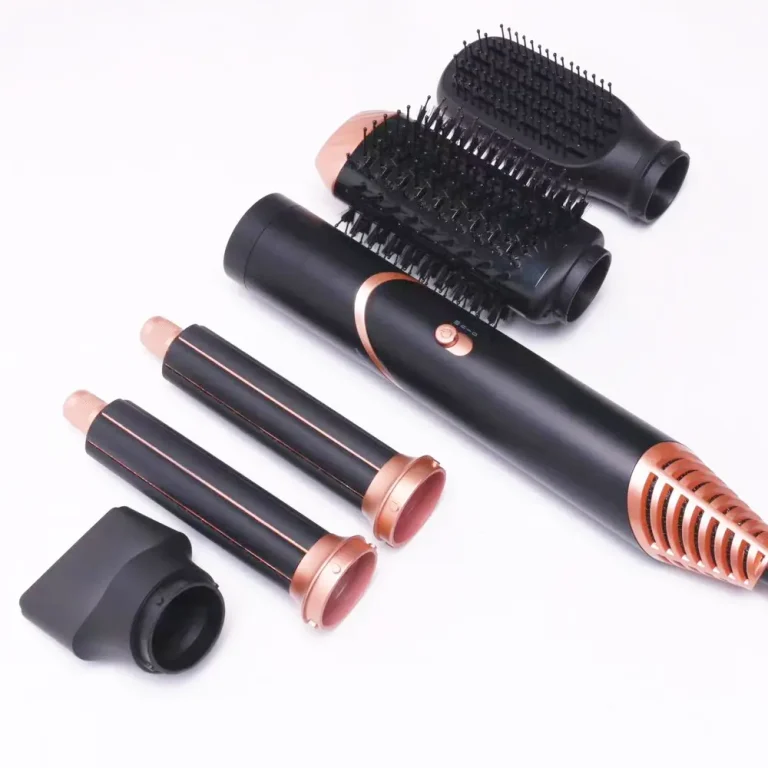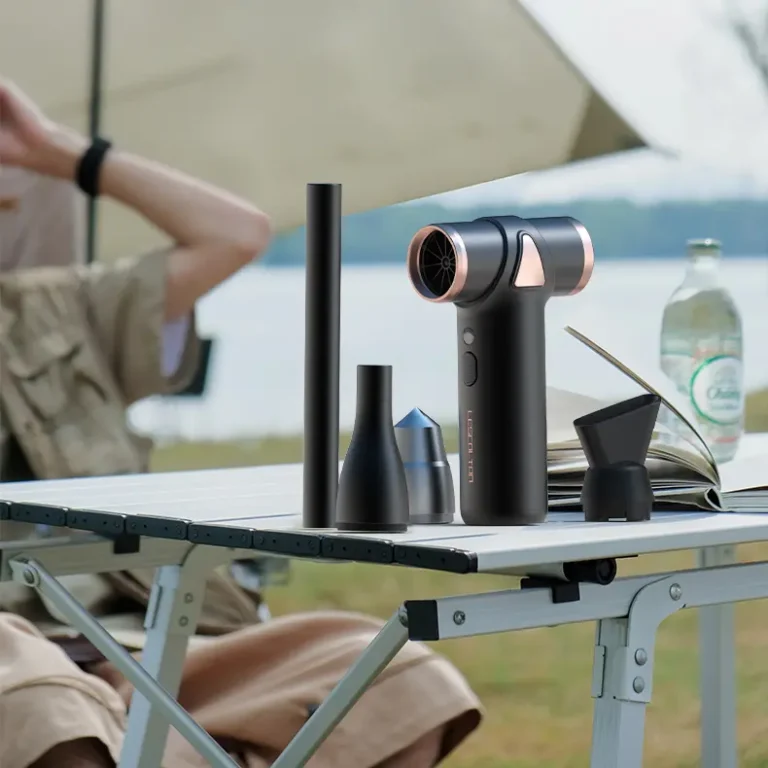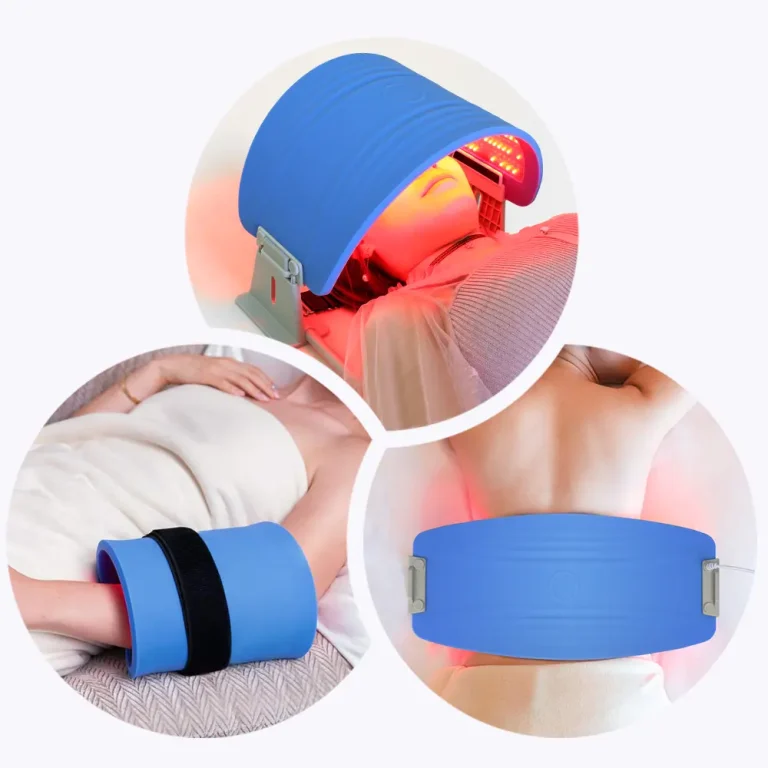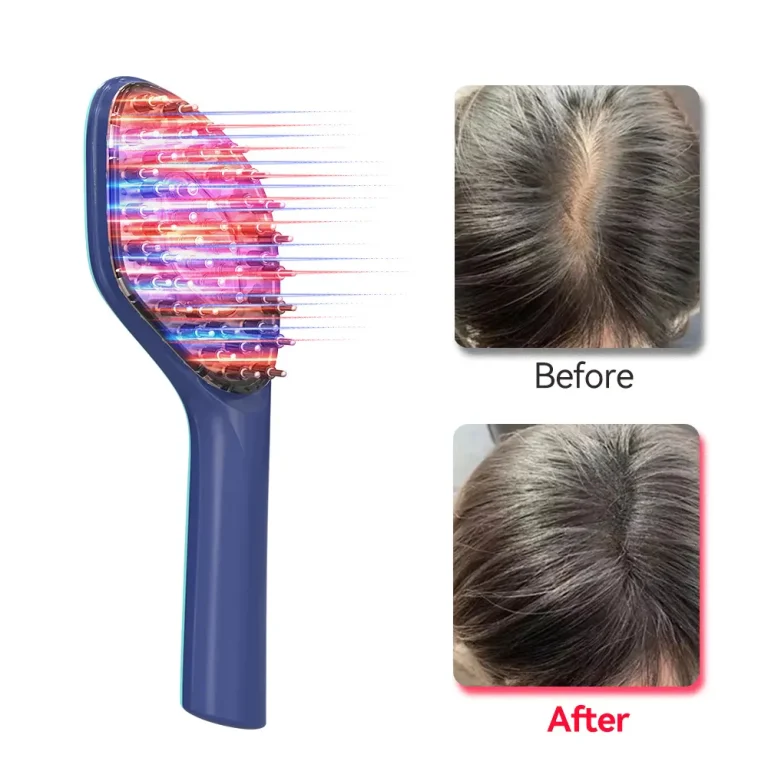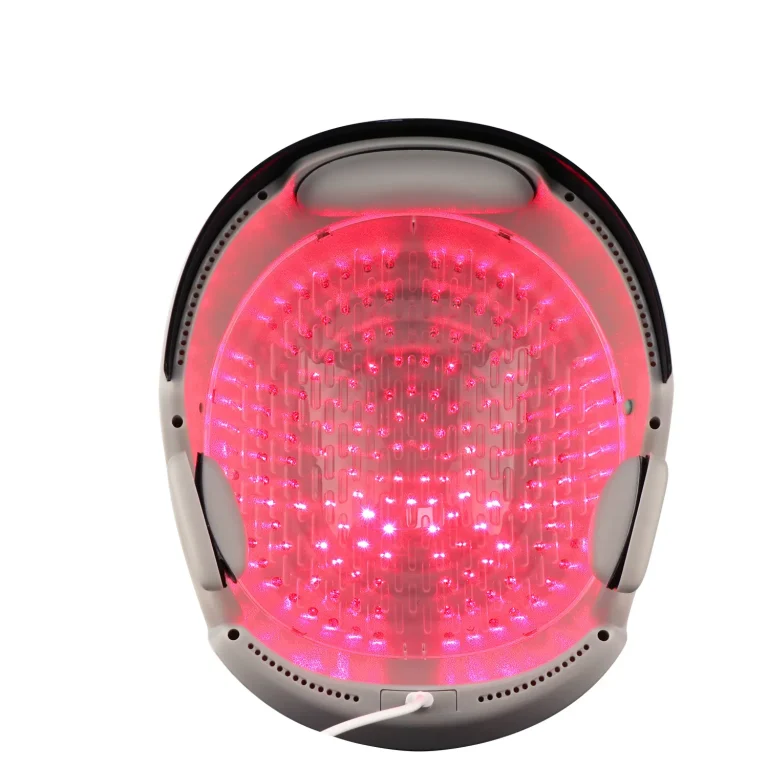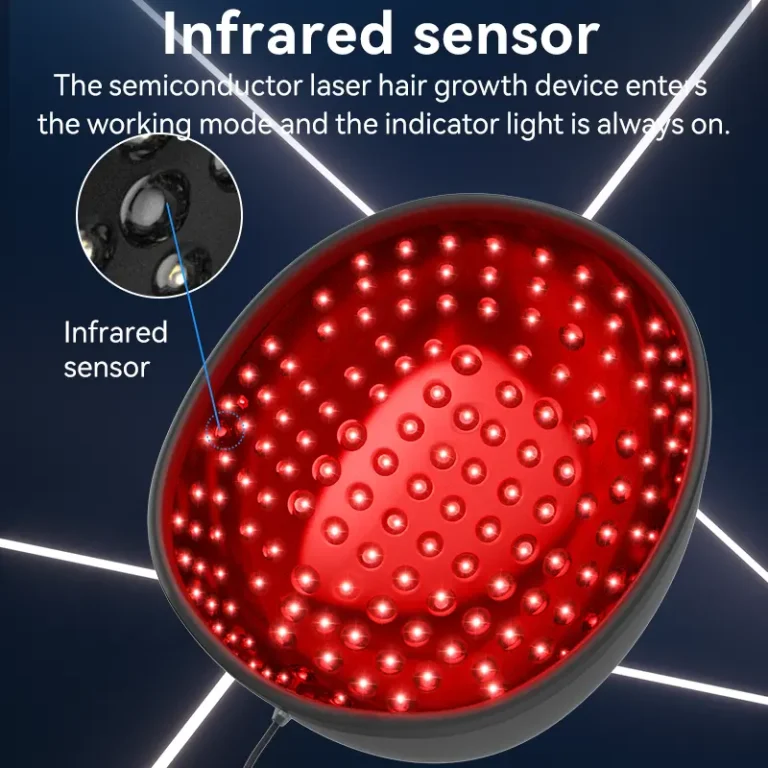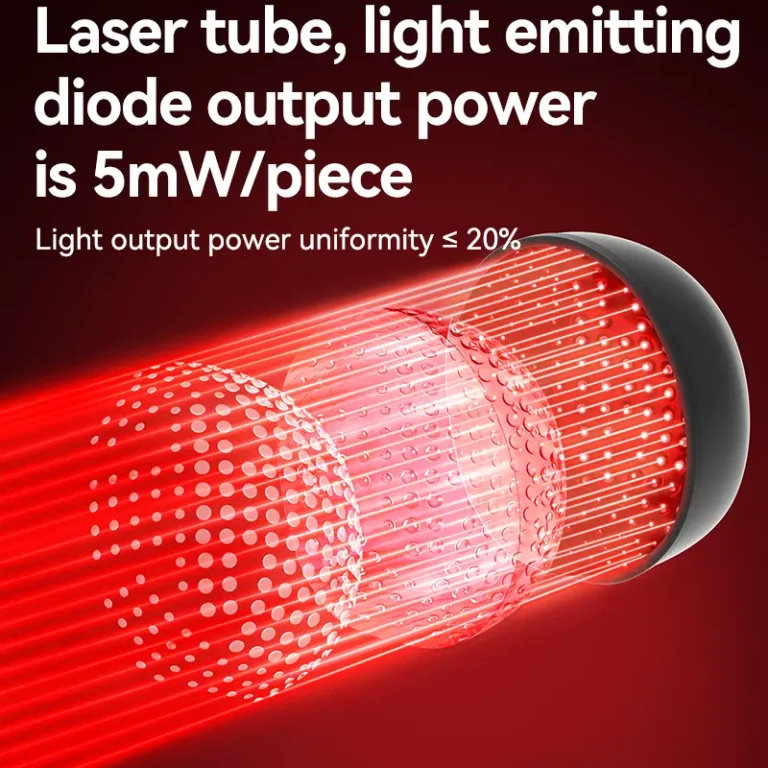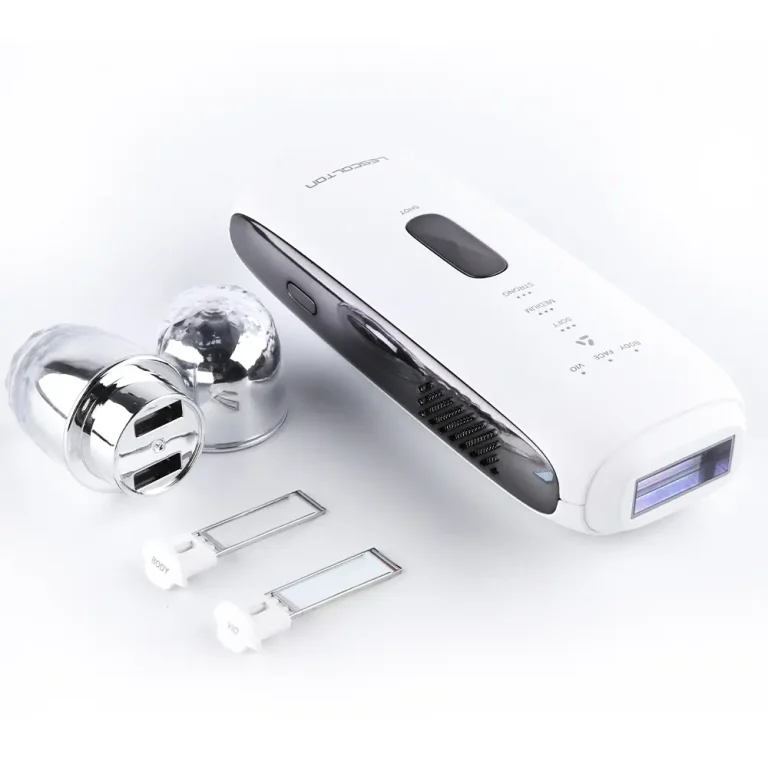Red light therapy (RLT) has garnered attention as a non-invasive treatment option for various health and beauty concerns, ranging from skin rejuvenation and pain management to hair growth and wound healing. Despite its growing popularity, many people still wonder: does red light therapy really work? This article explores the science behind RLT, its applications, and the evidence supporting its efficacy.
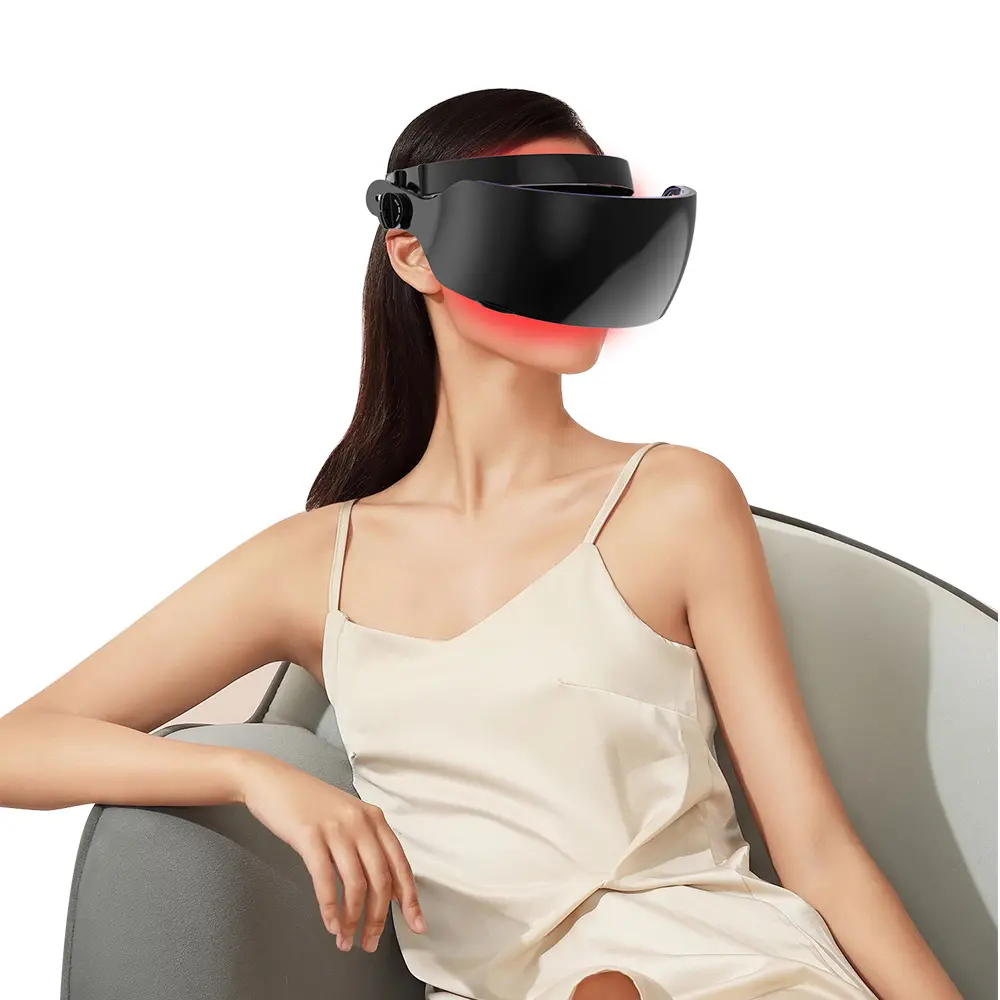
Understanding Red Light Therapy
Red light therapy, also known as photobiomodulation (PBM) or low-level laser therapy (LLLT), involves exposing the skin to low levels of red or near-infrared light. Unlike the high-intensity lasers used for surgical or aesthetic procedures, RLT uses light wavelengths typically ranging from 630 to 850 nanometers, which penetrate the skin without causing damage.
How Red Light Therapy Works
RLT works by penetrating the skin and being absorbed by cells, specifically the mitochondria, which are the powerhouses of cells. This absorption of light energy stimulates the mitochondria to produce more adenosine triphosphate (ATP), the energy currency of cells. Increased ATP production enhances cellular activity and promotes various biological processes, including:
- Enhanced Cellular Repair and Regeneration: By boosting cellular energy, RLT accelerates the repair and regeneration of damaged cells.
- Improved Blood Circulation: The therapy increases blood flow, delivering more oxygen and nutrients to tissues, which can help with healing and inflammation reduction.
- Reduced Inflammation: RLT has anti-inflammatory properties that help reduce inflammation and pain in various conditions.
Applications and Benefits of Red Light Therapy
1. Skin Rejuvenation and Anti-Aging:
RLT is widely used in the cosmetic industry for its anti-aging benefits. Studies have shown that red light therapy can:
- Stimulate Collagen Production: Collagen is a crucial protein for skin elasticity and firmness. Increased collagen production helps reduce fine lines and wrinkles.
- Improve Skin Tone and Texture: Regular use of RLT can lead to smoother, more even-toned skin by promoting cellular turnover and reducing pigmentation issues.
- Reduce Acne and Scarring: The anti-inflammatory effects of RLT help reduce acne and diminish the appearance of scars.
2. Pain Management and Inflammation Reduction:
One of the most well-documented benefits of RLT is its ability to reduce pain and inflammation. It is used to treat:
- Arthritis and Joint Pain: RLT can alleviate pain and improve joint function in conditions like osteoarthritis and rheumatoid arthritis.
- Muscle Soreness and Injury Recovery: Athletes use RLT to speed up recovery from muscle soreness and injuries by reducing inflammation and promoting tissue repair.
- Chronic Pain Conditions: Conditions such as fibromyalgia and neuropathy can benefit from the pain-relieving effects of RLT.
3. Wound Healing and Tissue Repair:
RLT has been shown to accelerate wound healing and tissue repair by:
- Enhancing Cellular Repair: The increased ATP production speeds up the repair of damaged tissues.
- Promoting Angiogenesis: RLT stimulates the formation of new blood vessels, which improves blood supply to the injured area.
4. Hair Growth:
For individuals experiencing hair loss, RLT offers a non-invasive solution. It can:
- Stimulate Hair Follicles: By increasing blood flow and cellular activity in hair follicles, RLT promotes hair growth.
- Reduce Hair Shedding: Regular use of RLT can strengthen hair and reduce shedding.
Scientific Evidence and Research
The efficacy of RLT is supported by numerous scientific studies and clinical trials:
- Skin Rejuvenation: A 2014 study published in Photomedicine and Laser Surgery found that RLT significantly improved skin complexion, skin tone, and collagen density.
- Pain Management: A 2017 review in Lasers in Medical Science concluded that RLT is effective in reducing pain and inflammation in various musculoskeletal conditions.
- Hair Growth: A 2014 study in Lasers in Surgery and Medicine demonstrated that RLT significantly increased hair density in individuals with androgenetic alopecia.
Safety and Side Effects
RLT is generally considered safe with minimal side effects. Common side effects may include temporary redness, mild discomfort, or irritation at the treatment site. It is crucial to follow the manufacturer’s guidelines and consult with a healthcare professional before starting RLT, especially for individuals with underlying health conditions or those taking photosensitizing medications.
Conclusion: Does Red Light Therapy Work?
Based on the scientific evidence and positive user experiences, red light therapy does indeed work for a variety of applications, including skin rejuvenation, pain management, wound healing, and hair growth. Its non-invasive nature, minimal side effects, and proven efficacy make it an attractive option for those seeking alternative treatments for their health and beauty concerns. However, as with any therapy, results can vary among individuals, and consistent use over time is often necessary to achieve the best outcomes. Consulting with a healthcare professional can help tailor the treatment to your specific needs and ensure safety and effectiveness.

